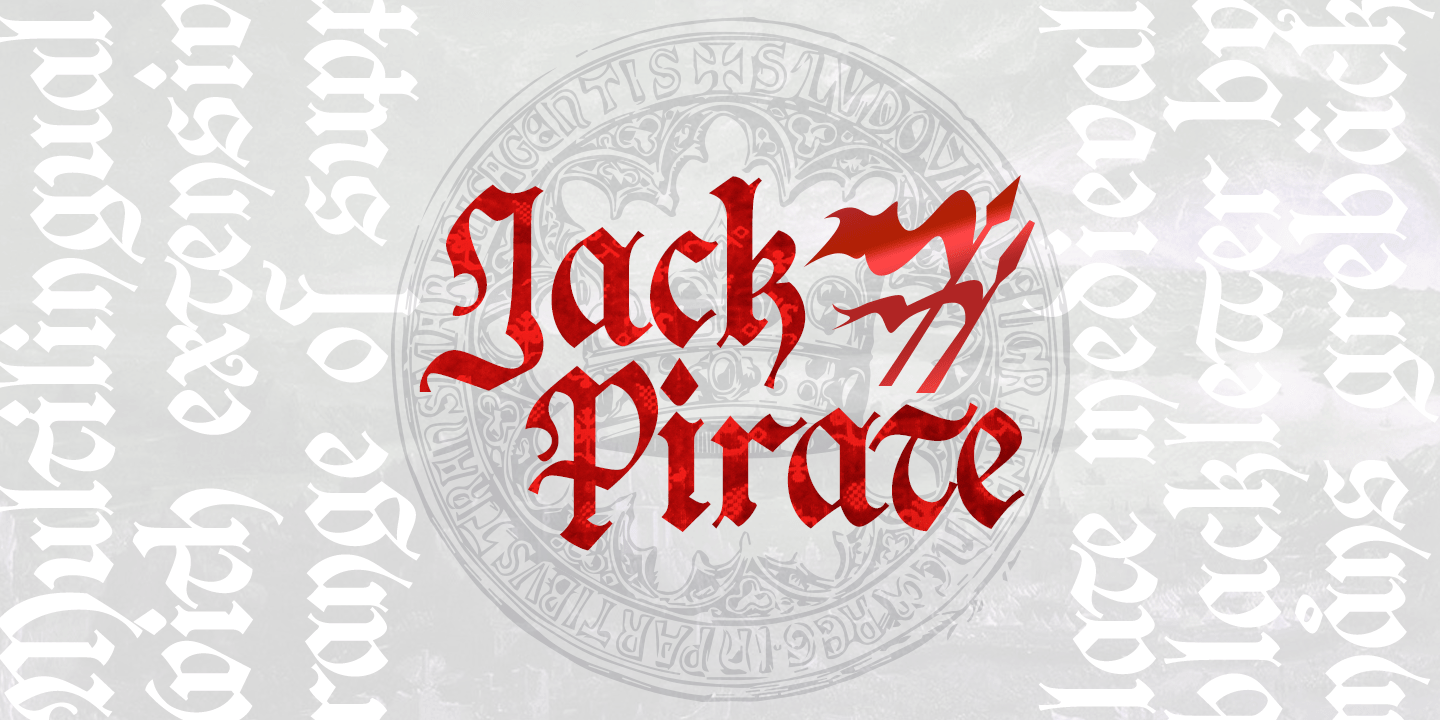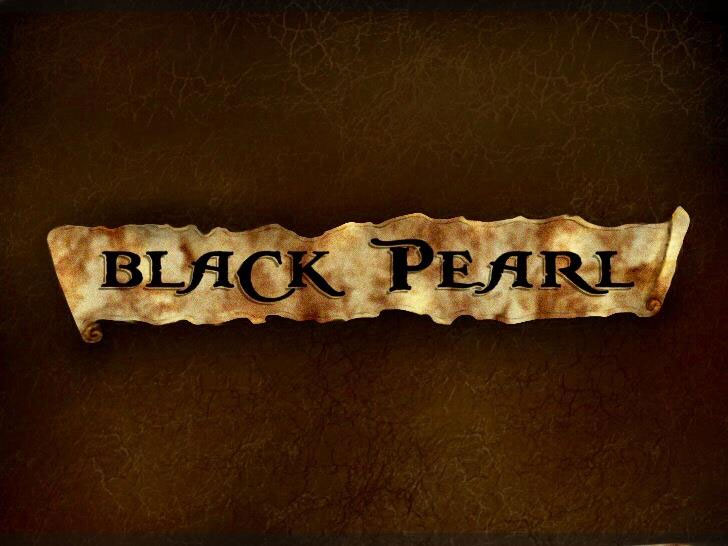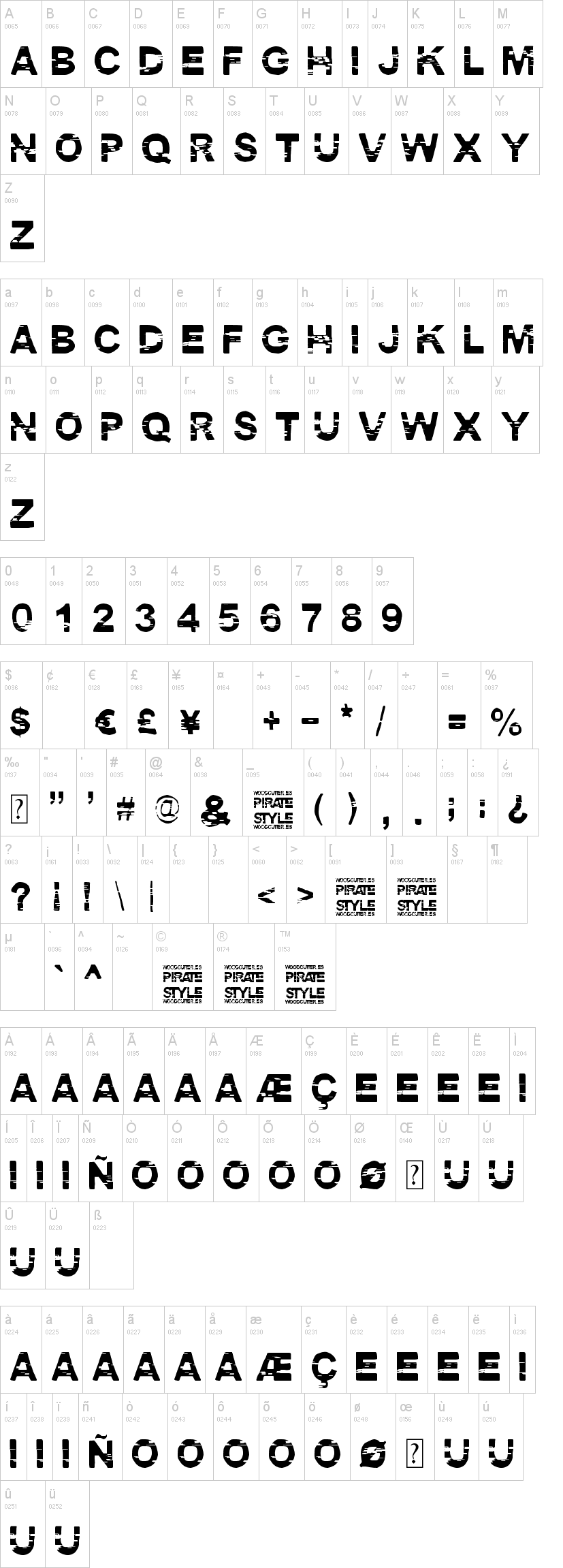
- Pirate fonts for free drivers#
- Pirate fonts for free full#
- Pirate fonts for free software#
- Pirate fonts for free code#
Pirate fonts for free software#
We take open source, and the phenomenal software that is developed in open source, and we make it consumable for the enterprise. So it's not about the functionality, we don't provide the functionality to our customers, we provide enterprise-class software.
Pirate fonts for free code#
What I mean by that is: in open source the code is free and freely available and copiable. We have built a business model that works on top of the cause of open source. Why are we the only profitable, public open source company? I think the simple reason is that too many companies try to build a business model around selling free software. Open source is obviously a very powerful development model. How do you strike the balance between profits and the community?
Pirate fonts for free full#
I think Microsoft and us are really the only two players who can already offer a broad full suite around virtualisation and the management tools, and the benefits in the operating system, security, etc. I think in the next two or three years you will hear people stop talking about hypervisors, because they will just be ubiquitous in operating systems. It's a bit like, 10 or 15 years ago people used to buy a separate TCP/IP stack, but these days you don't buy that, you expect that to be in the operating system. To now decompose it all, throw away the operating system and recreate those in all kinds of layers is crazy. Our belief, and I think Microsoft agrees, is that you have all the work and engineering that has taken over a decade or more to put into the operating system. The Linux kernel is 9,000,000 lines of code. Really, probably thousands of man years to write. The idea of trying to go back and completely rewrite a security paradigm to work with a hypervisor - I guess that's possible but it'll take five or ten years and thousands, or tens of thousands of man hours.

I frankly have run into no customer yet who is running XenSource.Ī virtual guest coming out of a RHEL inherits those characteristics. The Russian military has RHEL certified as the most secure operating system available, period. It is certainly considered the most secure operating system. The security regiment that is in Linux was originally heavily contributed by the NSA. Secondly, a lot of long hard work has gone into a whole bunch of areas within the operating system that are inherited by virtual guests. So adding a whole layer? To enable hardware and be involved in those technology roadmaps just doesn't make a whole lot of sense.
Pirate fonts for free drivers#
The Linux community spends a lot of time, and hardware manufacturers and chip OEM manufacturers, spend a lot of time writing drivers and enabling hardware already in Linux and in Windows. I say that for several reasons.įirst off, a big, big chunk of virtualisation is hardware enablement, and hardware enablement is something already being done by us - and the Linux community.

Virtualisation should be part of the operating system, not a separate layer. This is actually one place where Microsoft and Red Hat agree.

We are gaining quite a bit of momentum with our virtualisation. I frankly have run into no customer yet who is running XenSource.

VMWare, no question, was first to the market. How do you plan to compete with VMWare, Citrix and now Microsoft in this space? You offered virtualisation in RHEL 5 - but you aren't known for it. If you're building a new architectural paradigm, why would you do it on proprietary hardware and risk lock-in? I think building a new architectural cloud around proprietary software is inadvisable at this point in time. However there is no question that functionality will drive a move to more cloud-type environments. I guess whether they are internal private grids or clouds, or whether those are public, or semi-private, that's still to be determined, because that's a lot around specific business models. If you look at the economics, there is not question that it is cheaper to generate a computing cycle in a centralised farm I'm a big believer that economics will win in the long run, as we see more and more functionality move to large server farms that are centrally managed. That includes utilisation, the cost of hardware, the maintenance and support, etc. I am not sure it is quite as big as going from mainframe and terminal to client/server, but it's certainly a significant change in architecture.īasically, if you look at the economics, there is not question that it is cheaper to generate a computing cycle in a centralised farm of commodity server hardware than it is in the current client server environment. Whitehurst: I do believe that we are at an inflection point in the IT architecture. Q: When you were last interviewed by CNET ( 's sister site), you said your central priority was cloud computing.


 0 kommentar(er)
0 kommentar(er)
